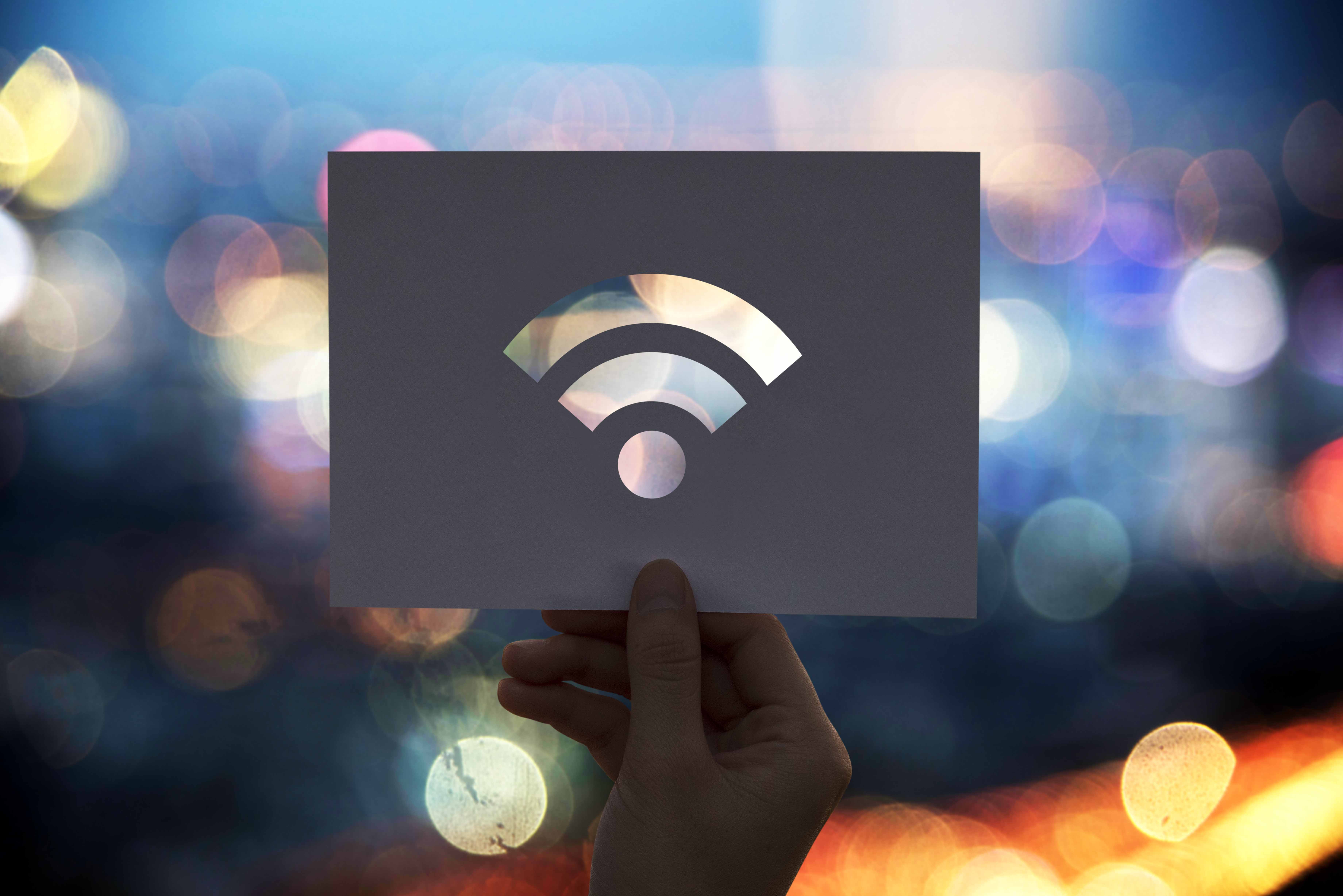
por Rebeca | Oct 6, 2022 | Ciberseguridad, Noticias
The Internet enables businesses of all sizes and from any location to reach new and larger markets. In addition, it provides opportunities to work more efficiently through the use of computer-based tools. Wifi security should be part of the plan if the company uses emails or cloud computing.
Theft of digital information has become the most commonly reported fraud, surpassing physical theft. Every business that uses the Internet is responsible for creating a culture of security that will enhance business and consumer confidence.
Many employees access their emails and work networks through public Wi-Fi hotspots. However, there is a risk of hackers intercepting sensitive information such as login credentials. Many employees are unaware of the WiFi security threats that lurk in their favorite coffee shop and fail to take precautions. Even employees who are aware of WiFi security threats often ignore the risks.
Consumers may be willing to take risks on public Wi-Fi networks, but what about employees?
How to ensure the security of your employees’ home WIFI
It might not be apparent, but home wireless routers should be one of the most protected and secured devices in anyone’s home. More than computers, tablets, laptops, or smartphones. Why? Because a router is a gateway into personal information. If anyone is able to access one, then they are also able to access a plethora of sensitive data.
We are now also at a time when more people than ever are working from home. Although this transition has been going on for several years, it accelerated rapidly during the COVID-19 outbreak. As most companies conduct operations remotely whenever possible, the risks have increased.
Users have a need to access information from powerful unregulated home wireless networks. In other words, the protection of enterprise-grade routers and firewalls to the sensitive information is now useless.
Unfortunately, cyber criminals see the rise in remote work as an opportunity to infiltrate corporations
Businesses must ensure their remote workers’ Wi-Fi networks don’t risk exposing business data or secrets due to fixable vulnerabilities.
Home ownership is public information. A hacker can park near an employee’s home, steal their Wi-Fi credentials, and reroute the home network so that all traffic is sent to the hacker. The hacker can then infect the employee with ransomware, spy on corporate activity, or conduct other potentially devastating, malicious attacks.
According to an IBM study, human error is the cause of 95% of cybersecurity breaches. This staggering statistic indicates that people simply don’t know what to look for to protect their information. Few employees are well versed in regularly updating their router software to stay up to date on vulnerabilities, leaving countless attack vectors open at home.
Two Ways to Secure Employees’ Home Wi-Fi
- Educate Employees About Cybersecurity at Home
It’s vital to train staff members how to spot and handle phishing attacks and other forms of social engineering. Educate employees on common tactics such as phony emails and spoofed websites and to always double-check before entering credentials anywhere. While educating employees is an essential first step, the fact of the matter is that all it takes is one mistake by a single employee to put an entire organization at risk for an attack.
- Secure Home Wi-Fi With Enterprise-Grade Networks
A WPA2-Enterprise network is the most frequent type used by organizations due to its increased security and customization capabilities. WPA2-Enterprise networks use a RADIUS server with Extensible Authentication Protocol (EAP) that ensures information sent to the RADIUS is protected. If employees are working remotely and accessing sensitive resources, you want to guarantee they have the best possible protection. WPA2-Enterprise is not only the best method for securing home WiFi networks; it’s become far more accessible in recent years
See how Soffid can help you stay ahead of the curve in a rapidly evolving digital world. Let’s discuss your project!
Picture: Imagen de rawpixel.com en Freepik

por Rebeca | Ago 30, 2022 | Ciberseguridad, Noticias, Recursos
Personal data leaks have occurred to both large and small businesses. In addition, it happens very frequently, more and more in recent years.
Most of them are a consequence of cyber-attacks on networks or e-commerce security breaches. Incidents such as these can devastate a company.
Why do social networks allow data leaks?
Social media platforms are a primary security weak point for businesses due to data leaks. Social media is quickly turning into a primary security weak point. A single data breach within one of the social media networks can result in millions of records being stolen.
Social media is one area where security teams have faced a steep learning curve. Beyond the fact that through LinkedIn, Facebook and Twitter employees can connect with each other, social networks have another attraction for companies.
For example, to take advantage of social media platforms as tools to carry out brand recognition, customer service, advertising and recruitment processes. Yet every user on every platform presents a social media risk to security professionals. And the risks are many.
One of the most affected sectors during the pandemic was the health sector. Know the key points of healthcare cybersecurity.
Top areas for attention
- Account tracking
- Conduct regular security and privacy reviews
- Keep access up-to-date
- Use a Virtual Private Network
- Ensure adequate device protection
- Monitor your social media channels
- Employee training is crucial
- Beware of third-party apps
At the same time as the rapid growth of technology occurred, social networks increased in popularity. The fundamental reason for this is the ability of networks to connect people.
Because it provided an ideal platform to connect with your friends, family and colleagues. Since it provided an ideal platform to connect with your friends, family and colleagues.
The information shared in social network spreads fast, almost instantaneously. For that reason, it attractive for attackers to gain information.
The secrecy and security of social media platforms must be consulted from various positions. There are many security and privacy issues related to shared user information. Especially when a user uploads personal content like photos, videos, and audios.
Finally, the attacker can maliciously use shared information for illegitimate purposes. See how Soffid can help you stay ahead of the curve in a rapidly evolving digital world. Let’s talk?
Sources:
(1) techtarget.com
(2) https://link.springer.com/
(3) Forbes
Picture: Foto de redes sociales creado por rawpixel.com – www.freepik.es
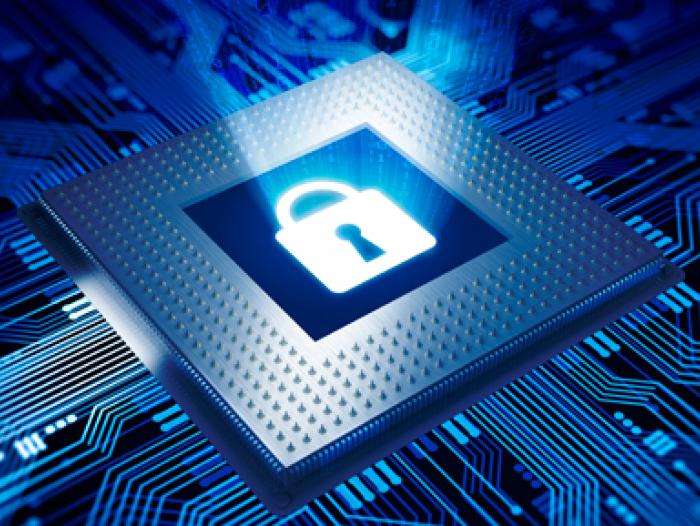
por Rebeca | Ene 5, 2022 | Ciberseguridad, Soffid
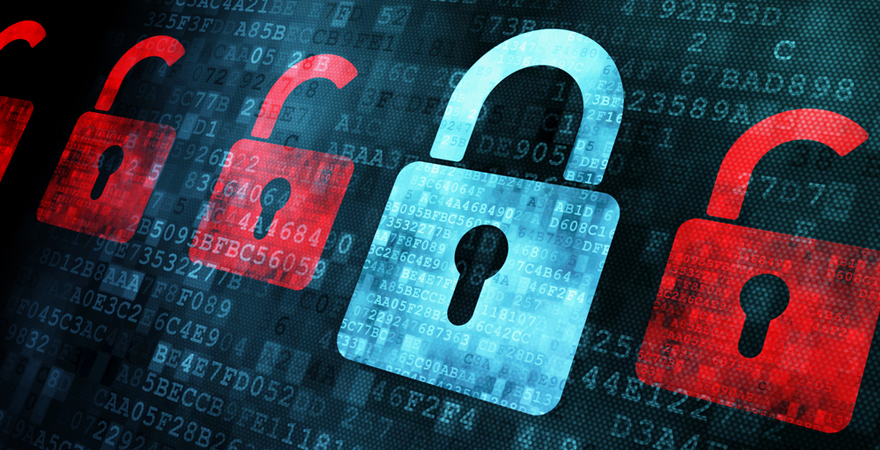
Cybercriminals
Throughout 2021, global news seemed to ricochet between the rapid spread of new iterations of COVID-19 and cyber criminality — both becoming increasingly creative and disruptive as they mutate in a battle for survival; both interlinked as cybercriminals profit from rapid digitalization forced by COVID-19 lockdowns. In a recent interview, a prominent cybersecurity executive pointed out that alongside birth, death and taxes, the only other guarantee in our current lives is the exponential growth of digital threats.
Because security is not built into new technology from the ground up, cyber criminals quickly get a foothold and cause untold damage before we can catch up.
Much has been said about the cybersecurity skills shortage. Millions of cybersecurity positions are unfilled, and this is causing serious problems at many organizations. Cybercriminals the magnitude of the skills shortage is based on a specific model of doing security. This model is reactive rather than proactive and takes a labor-intensive, “brute force” approach to threat response. We need more bodies in cybersecurity because our methodology is to “throw more bodies at the problem.”
For example, rather than doing threat modeling and building strong, proactive controls as they develop an application, organizations scan for vulnerabilities, manually analyze the scans and manually remediate the problems — or else let the vulnerabilities accumulate. Cybercriminals this consumes a lot of resources and ultimately does not leave an organization significantly safer than if it had done nothing.
Moving Beyond Brute Force

While most people may see the logic in moving beyond this scattershot approach, it has an incredibly strong gravitational pull. IT governance policies at many organizations require the use of antiquated security technology and processes when other approaches would provide better protection using fewer resources. At the same time, the rapidly evolving marketplace means that development teams face continual pressure to crank out applications even faster than they do today. This makes it easy to rush into development rather than taking the time to architect an application to be secure before coding even begins.
But what if we were to break from the gravitational pull of reactive security and refocus on what really matters? We could build security into new technologies as they are developed, rather than adding it as an afterthought. We could become consistent, prioritized, focused, structured and strategic in the use of people, processes and tools. help developers learn to write safer code by providing real-time feedback.
At the same time, we need to be making security more visible. If users had an idea which software was safer and which was less safe, they would choose accordingly. The White House issued an executive order in May that can potentially move us in this direction. For example, it requires software vendors to provide a “Software Bill of Materials”. Something of an “ingredients list” for an application. We need dramatically more information about why we should believe something. Secure before we trust it with important things — like elections, finances and healthcare, for example.
Proactive cybersecurity strategies
Aggregate a multitude of perspectives, which brings the benefit of innovation, problem-solving and consensus-building.
From the growing adoption of distributed cloud to the proven benefits of remote mobile workforces. The attack surface for bad actors is ever-widening. This means the requirements for network security have also evolved with the growing threats of increasingly distributed systems.
Security should not take a backseat to innovation in digital businesses. Of course, innovation and speed will require businesses to build secure systems, which means we can no longer afford to implement security only at the service level. We need to apply adaptable solutions from the architecture level that will change with digital business requirements.
See how Soffid can help you stay ahead of the curve in a rapidly evolving digital world. Let us know how we can help you
Sources:
(1) Forbes
(2) Information Week
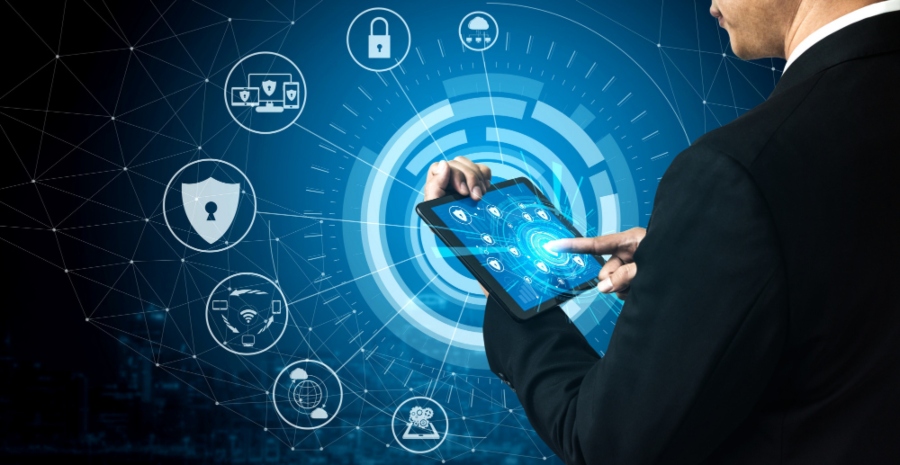
por Rebeca | Dic 29, 2021 | Sin Categoria
Organizations start asking how they could defend their systems and people differently.
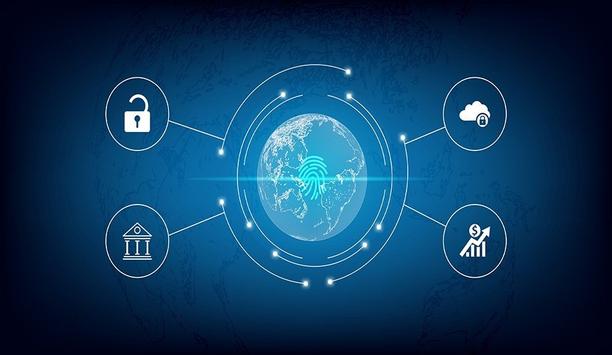
organizations security and trends
Organizations security and trends – The world has changed since the global pandemic broke out in 2020 which has helped cybercriminals.
Homeworking
The ongoing digitization of society, also and the increasingly online nature of our lives. Mean opportunities about for phishers, hackers, afterwards scammers, and extortionists.
As we head into 2022, there is, unfortunately, no sign of this letting up. This is why it’s essential for individuals and businesses to be aware of the ever-growing. Avenues of attack as well as what can be done to mitigate the risks!
While the covid-19 pandemic upended workplaces and ushered in rapid digital transformation. The turmoil around cybercrime has remained constant: attackers are always changing to evade detection.
Importance of Flexible, customer-first solutions
Flexible, customer-first solutions have emerged to meet ever-changing circumstances to keep organizations secure and confident against cyber threats. In the new year, indeed as technology and workplace trends evolve and laws and regulations change, cybersecurity is emerging.
Enterprise spending on cybersecurity is expected to hold steady in 2022, as studies show that nearly all CISOs are getting a budget increase or level funding in the new year—only a small fraction of security chiefs will see their budgets fall.
CSO’s
2021 Security Priorities Study found that 44% of security leaders expect their budgets to increase in the upcoming 12 months; that’s a slight bump-up from the 41% who saw their budgets increase in 2021 over 2020. Fifty-four percent of respondents say they expect their budgets to remain the same over the next 12 months.
According to PwC’s 2022 Global Digital Trust Insights report, “investments continue to pour into cybersecurity” with 69% of responding organizations predicting a rise in their cyber spending for 2022. Some even expect a surge in spending. With 26% saying they anticipate a 10% or higher spike in cyber spending for new year.
Meanwhile, tech research and advisory firm Gartner estimated that spending on information security. Risk management will total $172 billion in 2022. Up from $155 billion in 2021 and $137 billion the year before.
Firstly on organizations security and trends
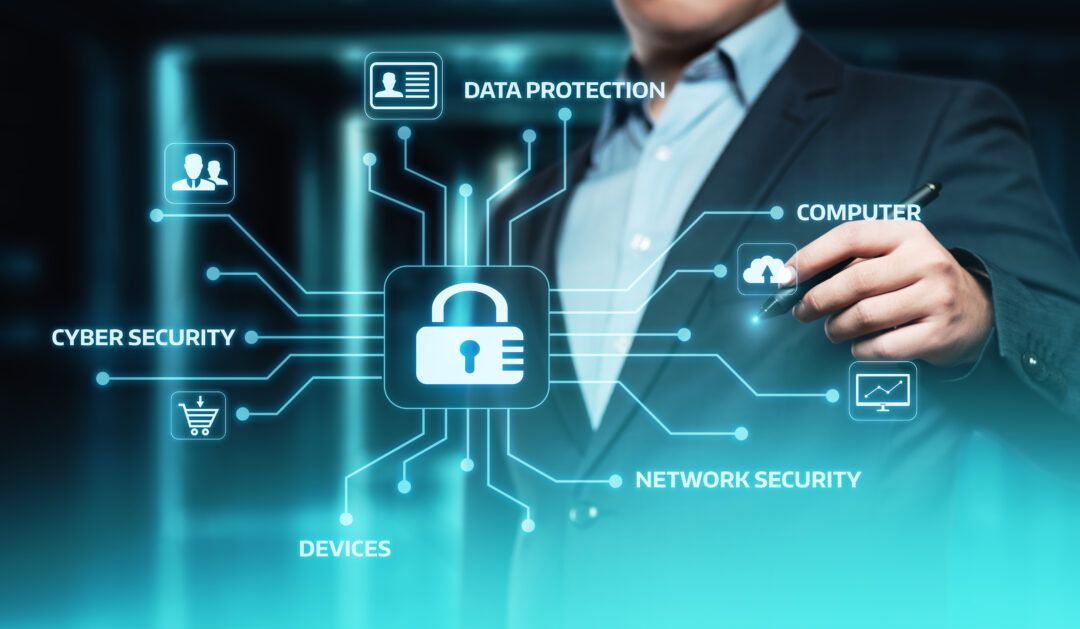
It’s worth knowing that Gartner’s predictions come from Gartner IT Symposium/Xpo Americas, which ran virtually in October 2021.
The key theme of discussion this year was to explore the lessons learned from the ongoing disruption and uncertainty. organizations secure on their page, Gartner states that they revealed their top strategic predictions for 2022 and beyond. These are:
- 30% of corporate teams will be without a boss due to the self-directed and hybrid nature of work.
- By 2025, synthetic data will reduce personal customer data collection, avoiding 70% of privacy violation sanctions.
- 80% of CIOs surveyed will list modular business redesign, through composability, as a top 5 reason for accelerated business performance.
- year 2025, 75% of companies will “break up” with poor-fit customers as the cost of retaining them eclipses good-fit customer acquisition costs.
- 2026, a 30% increase in developer talent across Africa will help transform IT into a world-leading start-up ecosystem, rivaling Asia in venture fund growth.
- also same year, non-fungible token (NFT) gamification will propel an enterprise into the top 10 highest-valued companies.
- 2027, low orbit satellites will extend internet coverage to an additional billion of the world’s poorest people, raising 50% of them out of poverty.
- By 2024, a cyberattack will so damage critical infrastructure that a member of the G20 will reciprocate with a declared physical attack.
Conclusion
There is no such thing as the perfect plan, and many believe the future is unpredictable. However, we wouldn’t have weather forecasts. Organizations we wouldn’t have the list above along with the countless lists by other cybersecurity specialists.
The future is predictable by looking at the past and making. The time is right to take stock of what has gone before and make. Some reasonable assumptions and predictions about what our future holds. For there is no doubt that change is coming.

por Rebeca | May 26, 2021 | Ciberseguridad, Recursos, Soffid
Imagine this scenario about Future Trends in Access Management… – If you are the CEO of a mid-sized organization with branches in different continents and three thousand employees, how efficiently could you monitor logins? Perhaps, on a bad day, an employee would have lost their Smartphone or lost the paper in which they wrote the password.In such a case, would you identify that one illegal or criminal login from all the 3000 logins that day?
In this scenario, we are yet to find a universal solution to manage online identities in both the government and the private sector.
Since the IAM space is continuously evolving
Organizations identify new trends in Identity and Access Management to minimize data-breaches, meet regulatory requirements, and manage user identities to the utmost extent.
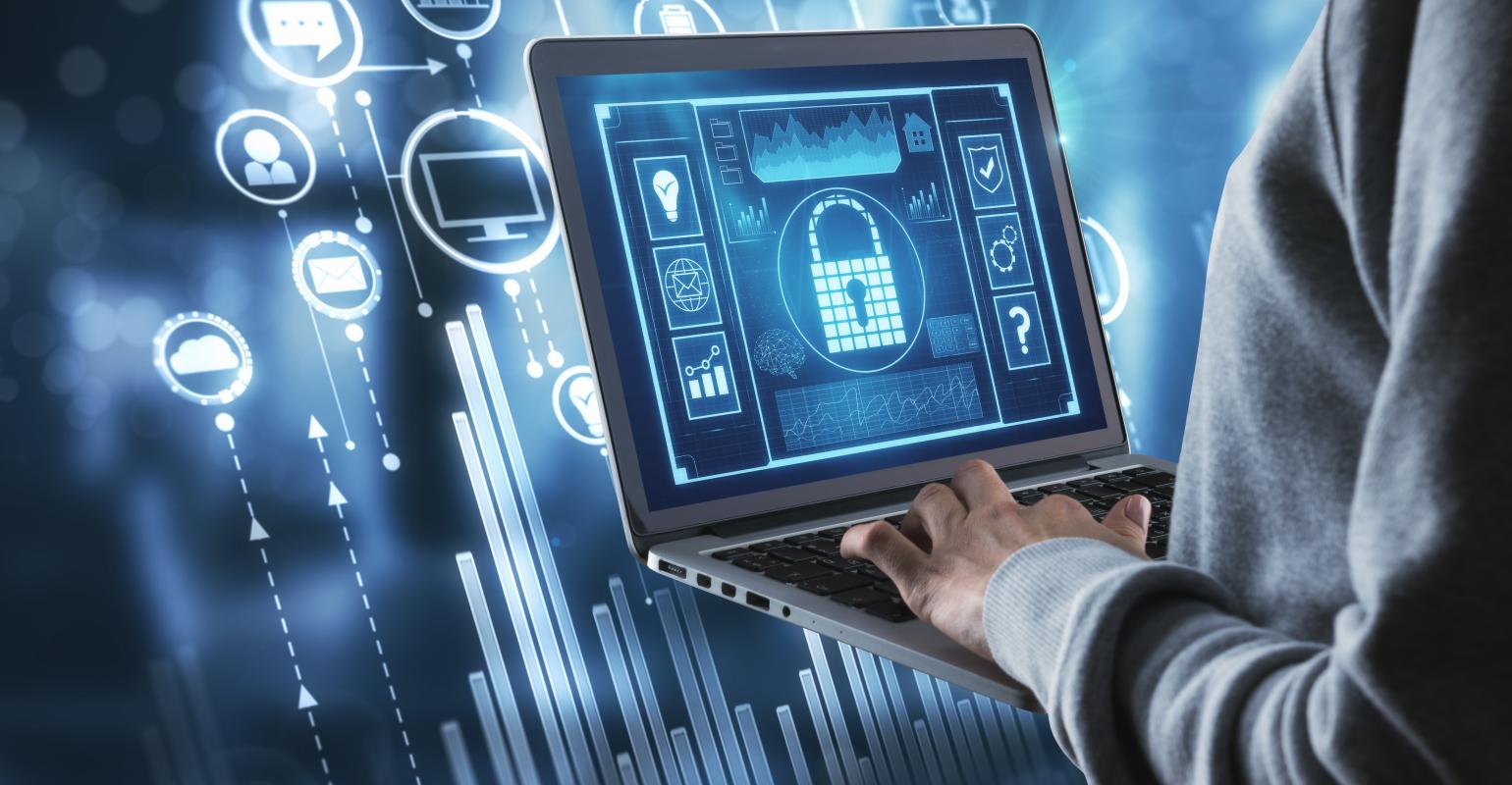
Years of data breaches stemming from credential theft, attacks targeting privileged user accounts and poor password practices have led to a major evolution in identity and access management technology designed to protect enterprise data.
Five IAM trends are addressing the need for greater user account and network protection.
Identity and Access Management (IAM) has the attention of cybersecurity professionals around the world. The identity and access management market growth has roughly quadrupled over just the last three years, and shows no signs of slowing down any time soon.
The COVID-19 pandemic has raised the visibility of identity & access management (IAM) due to the high priority in getting remote access secured and the increased protection needed around digital transformation initiatives.
In an effort to make organizations more secure, agile and resilient, IAM leaders must improve governance and strengthen privileged access management (PAM) practices to prevent breaches, establish more robust and agile authentication and authorization, and enhance consumer IAM to prevent fraud and protect privacy.
In this rapidly changing business scenario, here are upcoming trends that promise to revolutionize the IAM sector:
1) Adapting Biometrics
As per Global Market Insights, the global biometric market would reach an estimated value of USD 50 billion by the end of 2024. Perhaps one of the rapidly emerging trends in the IAM sector, biometrics like retinal scans, facial recognition systems, and fingerprints, is highly preferred for ensuring authorized users in networked systems.
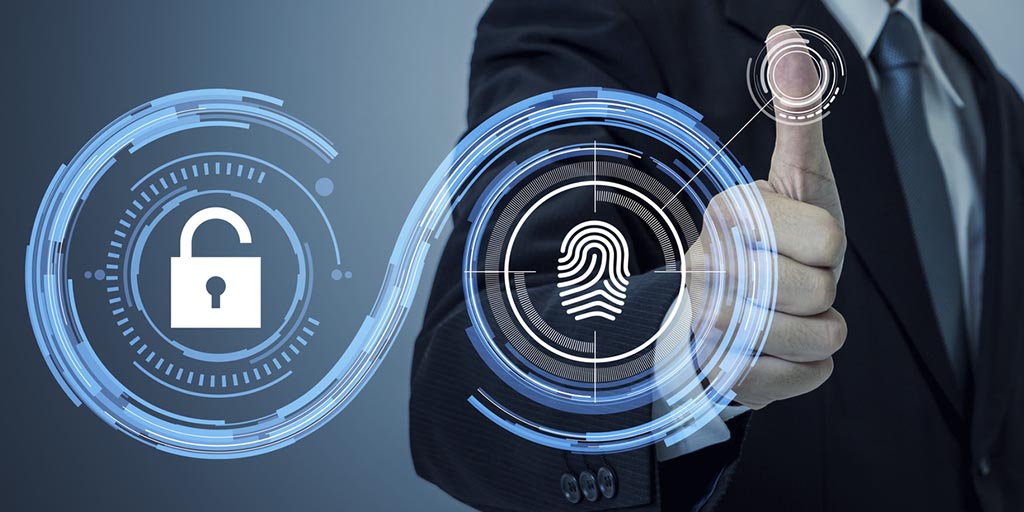
To counterbalance this threat, the future trend would involve IAM, which relies on biometric data, to get an additional layer of security for protecting the biometric information.
2) Blockchain and Future Trends in Access Management
Blockchain offers features like transparency, reliability, and integrity, making it a popular choice for ensuring data protection with both public and private sectors.
While talking about Blockchain in the context of IAM; the two aspects, the come into play are – Audit trail and self-sovereign identity. Self-sovereign identity is the concept of an individual protecting their entire identity as their personal property rather than let an organization or third-party provider manage it. By keeping the individual’s information protected by encryption in a permanent blockchain across a distributed network system, this concept offers complete individual control over their identity data.
Through the Self-sovereign identity system, the idea is to replace centralized; identity providers and instead let each individual take control and decrypt the data only when required.
Audit trail, a user’s entire login history, access request, permission grants, changes performed, or engagement is recorded. This is helpful for an organization in monitoring activities, detecting fraud, and also meets compliance requirements.
3) Single Sign-On Systems and MFA
While MFA is one of the most popular IAM practices, there is still plenty of scope for its improvement; as data breaches still occur and cause substantial revenue losses. Adaptive Authentication is the advanced version of MFA. Which relies on machine learning capabilities to detect } user behavior or illegal entry.
Adaptive Authentication pulls in all the details of user login in terms of login time. Device, location, browser, and other data, which helps analyze a login attempt’s authenticity. Based on the analysis, if a login attempt turns out to be fishy. The system will ask the user to fill in an MFA to be authenticated.
Another popular IAM industry trend is Single Sign-on (SSO System) usage with MFA. That helps users leverage a unified, singular set of credentials to gain access to networks; data, applications, web, and the cloud.
4) IAM and the Internet of Things (IoT)
With the arrival of the Internet of Things (IoT), there is a massive requirement for Identity Access Management service. Whenever an IoT based device is added to a network, there increases the need to mitigate security risk.
Hence, the current priority is to ensure secure identity access management. On these IoT devices for restricting the entry of hackers into the network. Devices that can pose a threat could feature smart TVs, security cameras, and smart bulbs.
Another technology that could prove to be a breakthrough is working on IAM systems. Which require the system to authenticate a user’s access through numerous devices.
Also, in numerous cases, securing IoT devices would be achieved by embedding; the device identities in the processing chip and being an integral part of the hardware.
5) Artificial Intelligence in IAM
An aspect of Identity Management, Context-based identity, also is responsible for comparing data about. This data includes numerous behavioral patterns like physical location, IP address, usage, preferences, and machine address.
Leveraging AI programming algorithms for data mining helps discover data patterns. That are extremely helpful in reducing fraud and identifying risks. This technique has been highly useful in banking systems across the globe.
6) Identity Access Management for Cloud Services
Since the cloud is in great demand, organizations have been shifting to cloud. Services to provide advantages such as efficiency, scalability, and flexibility.
Namely, Access Management, Identity Management, Access Governance, and PAM. We help you elevate your organization’s goals towards digital transformation and help develop data strategies. In line with revenue maximization and achieve customer satisfaction.
(1) Gartner
(2) Search Security












